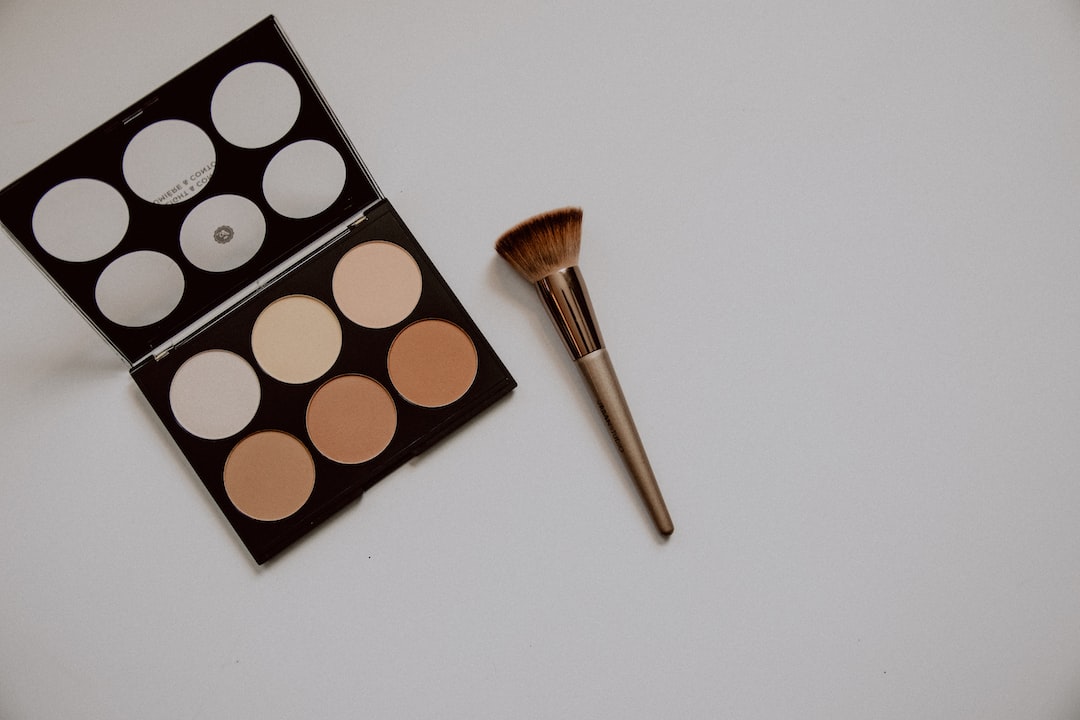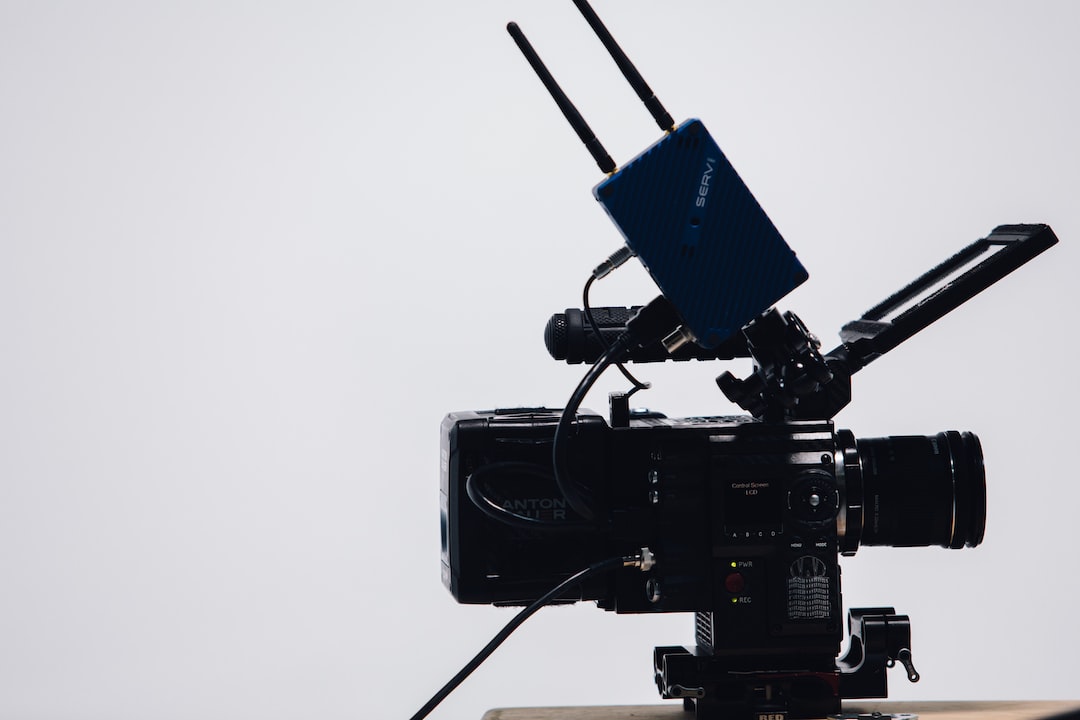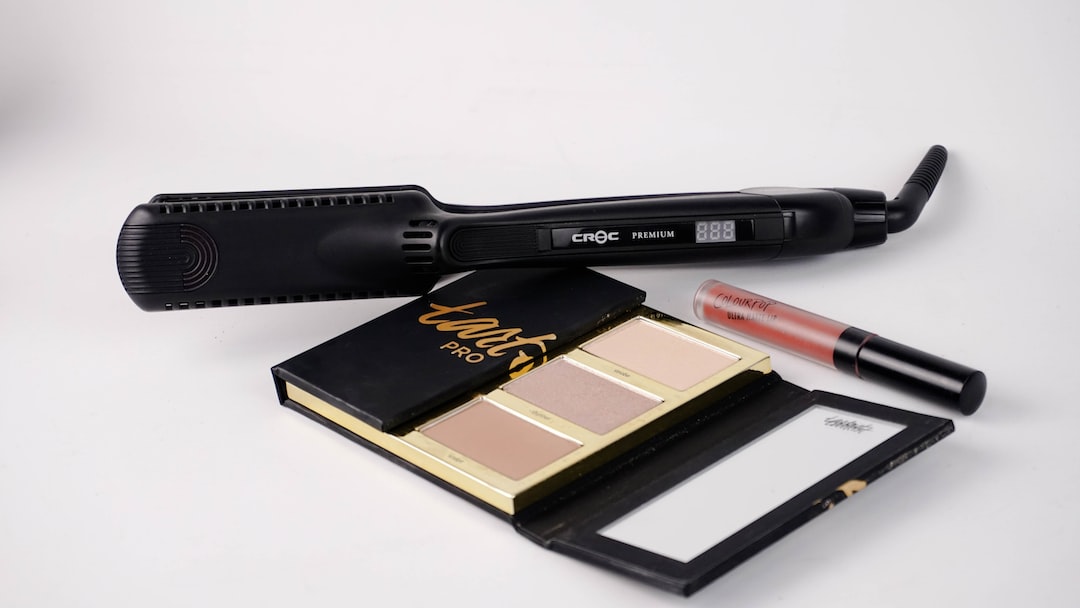Tattoos have become increasingly popular over the years, but not everyone who gets inked ends up loving their tattoo forever. Whether it’s due to a change in personal style, a desire to remove an ex-partner’s name, or simply regretting a hasty decision, many people opt for tattoo removal. But what do tattoos actually look like after removal? Let’s explore the different tattoo removal methods and what you can expect from each.
Laser tattoo removal
Laser tattoo removal is the most common method used today. It works by breaking down the tattoo ink particles using high-intensity laser beams. After each session, the body’s immune system naturally eliminates the fragmented ink particles over time. The tattoo gradually fades with each treatment, and the final result varies from person to person.
Results
The outcome of laser tattoo removal depends on various factors such as the size, color, and age of the tattoo, as well as the individual’s skin type. Generally, black ink is the easiest to remove, while colors like yellow and green may require additional sessions. It’s important to note that laser tattoo removal may cause temporary swelling, blistering, or scabbing, but these side effects typically subside within a few weeks.
Intense pulsed light (IPL)
IPL tattoo removal is a less commonly used method that is effective in removing certain tattoo colors. It uses intense pulses of light to break down the tattoo ink, similar to laser treatment, but with a different wavelength. IPL is often preferred for removing red, orange, or pink tattoos, as well as for those with darker skin tones.
Results
Like laser tattoo removal, IPL also requires multiple sessions for optimal results. Some tattoos may lighten significantly, while others may fade only slightly. The success of IPL treatment depends on various factors, including the tattoo’s location, age, and color. As with laser removal, temporary side effects like redness and swelling are common but typically subside within a few days.
Surgical removal

For tattoos that are too large or difficult to treat with lasers or IPL, surgical removal may be recommended. This method involves cutting out the tattooed skin and stitching the surrounding skin together. Surgical removal is usually done under local anesthesia, and the healing process can take several weeks.
Results
Surgical removal can effectively eliminate a tattoo, but it leaves a scar in its place. The size and location of the scar depend on the tattoo’s size and the surgeon’s skill. In some cases, a skin graft may be necessary to cover the area. It’s essential to consult with a reputable surgeon to discuss the potential risks and benefits of surgical tattoo removal.
Tattoo removal methods have come a long way, allowing individuals to have unwanted tattoos erased or lightened. Laser tattoo removal and IPL are the most common non-invasive methods, while surgical removal is reserved for more complex cases. It’s important to consult with a dermatologist or a professional tattoo removal specialist to determine the best method for your specific tattoo and to manage your expectations regarding the final outcome.
Remember that tattoo removal is a gradual process, and results may vary. Patience, proper aftercare, and realistic expectations are key to a successful tattoo removal journey.









